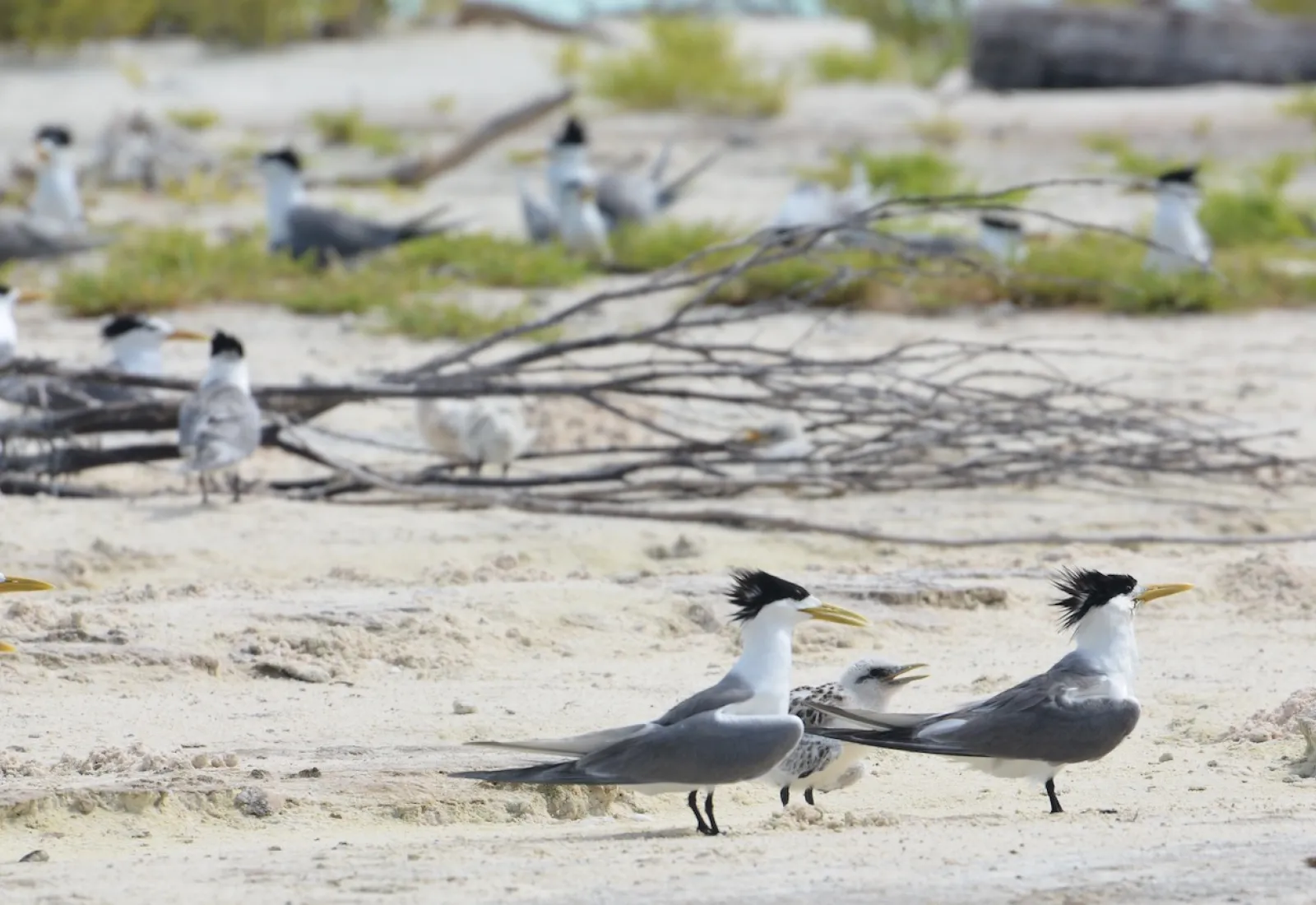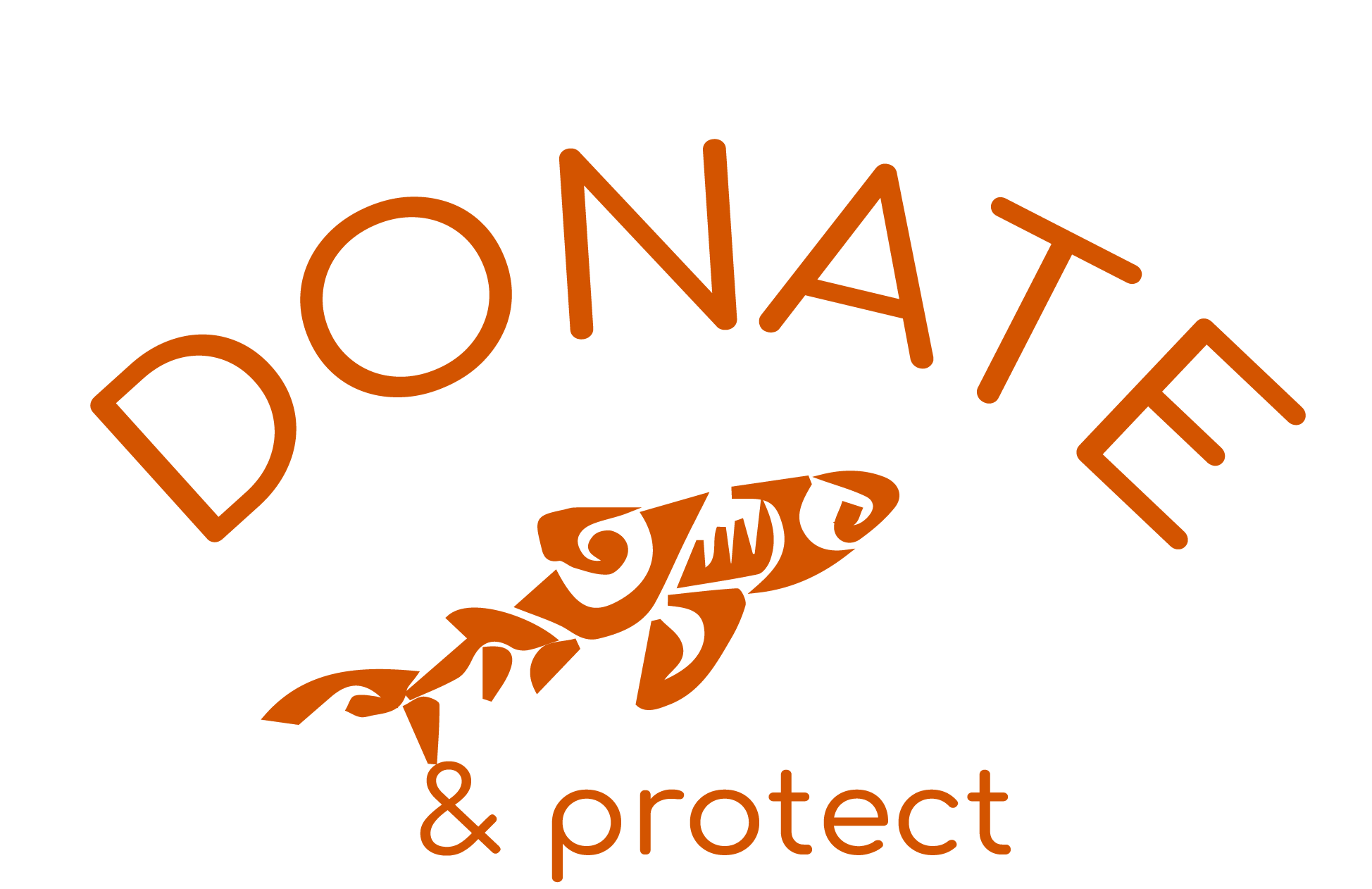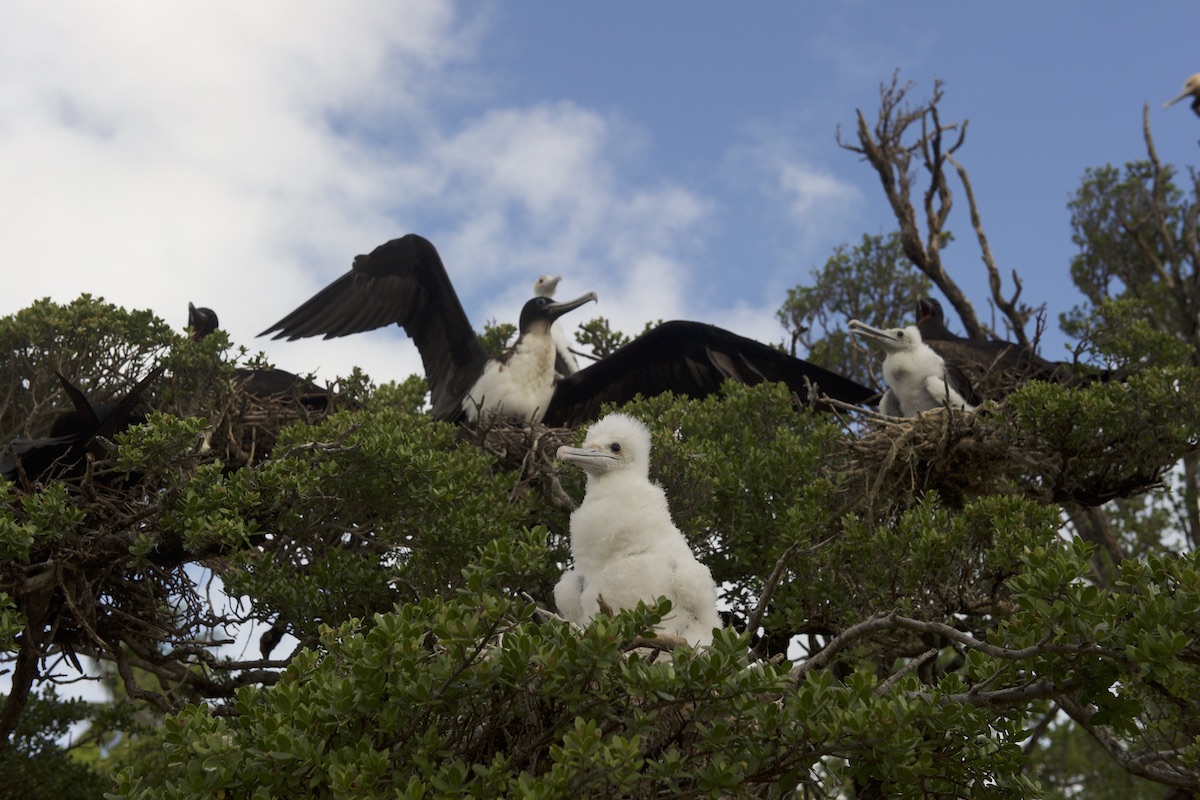Following the successful removal of invasive rats from Tetiaroa’s Reiono Island in 2018, Tetiaroa Society and Island Conservation are working together to protect the natural environment by removing invasive rats from the entire atoll.
You can find out more about the efforts on Tetiaroa Atoll on the 'Tetiaroa Atoll Restoration Program' page.
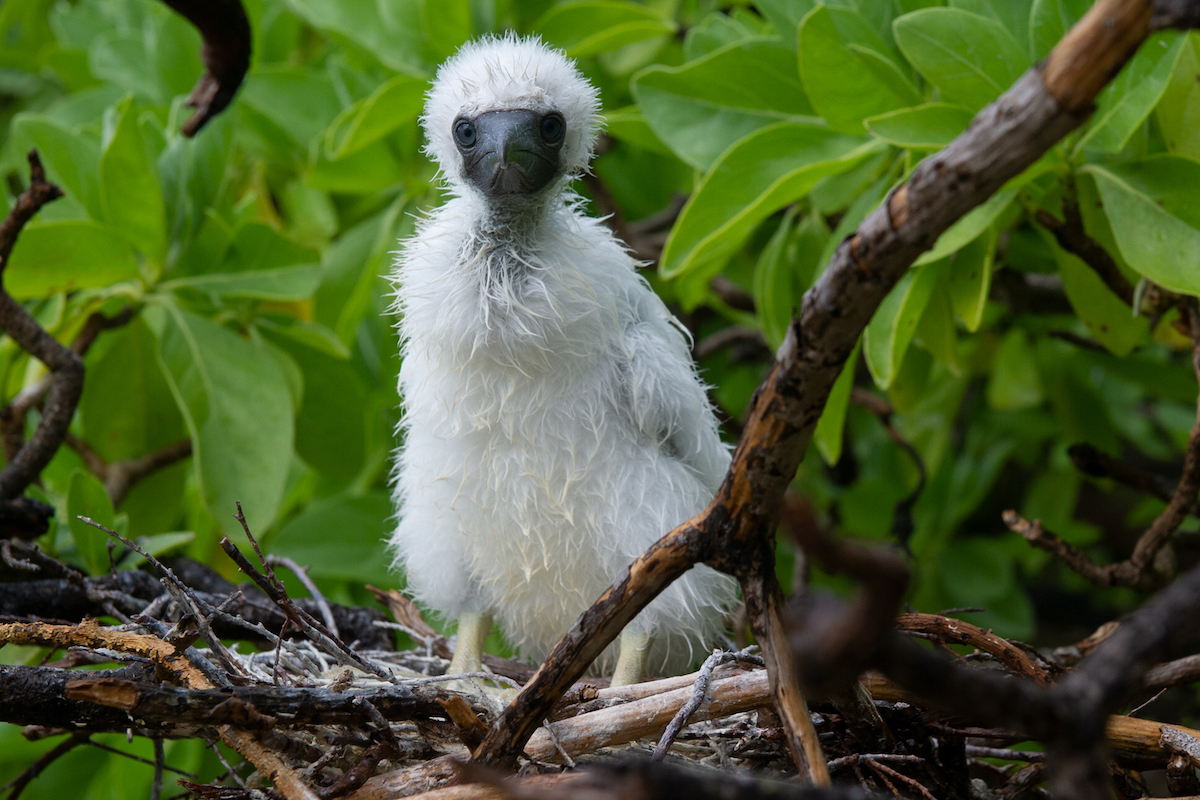
Juvenile booby
Dozens of scientists are involved with this project to gather evidence to document the connection between invasive species removal and its impact on the marine ecosystem. Restoring the vibrant ecosystem is expected to enhance the diversity and resiliency of the nearshore coral reefs, which has implications for food security and the economic growth in a region that is deeply connected to marine health.
Find out more about Tetiaroa's incredible ecosystem in the Tetiaroa Fact Sheet.
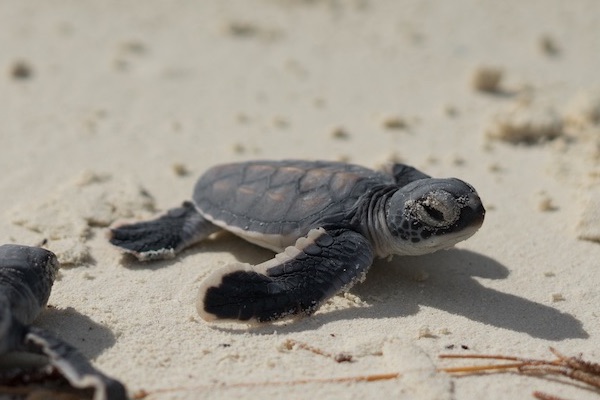
Baby turtles on their way to the lagoon are easy prey for invasive rats
With support from The Brando, the project will also educate the public about the benefits of invasive species removal, explains Penny Becker, Island Conservation’s Regional Executive Director for the U.S. and Southwest Pacific,
As a hotspot of ecotourism, Tetiaroa presents a unique opportunity to educate travelers on how island conservation efforts can help curb the extinction crisis and support healthy oceans.”
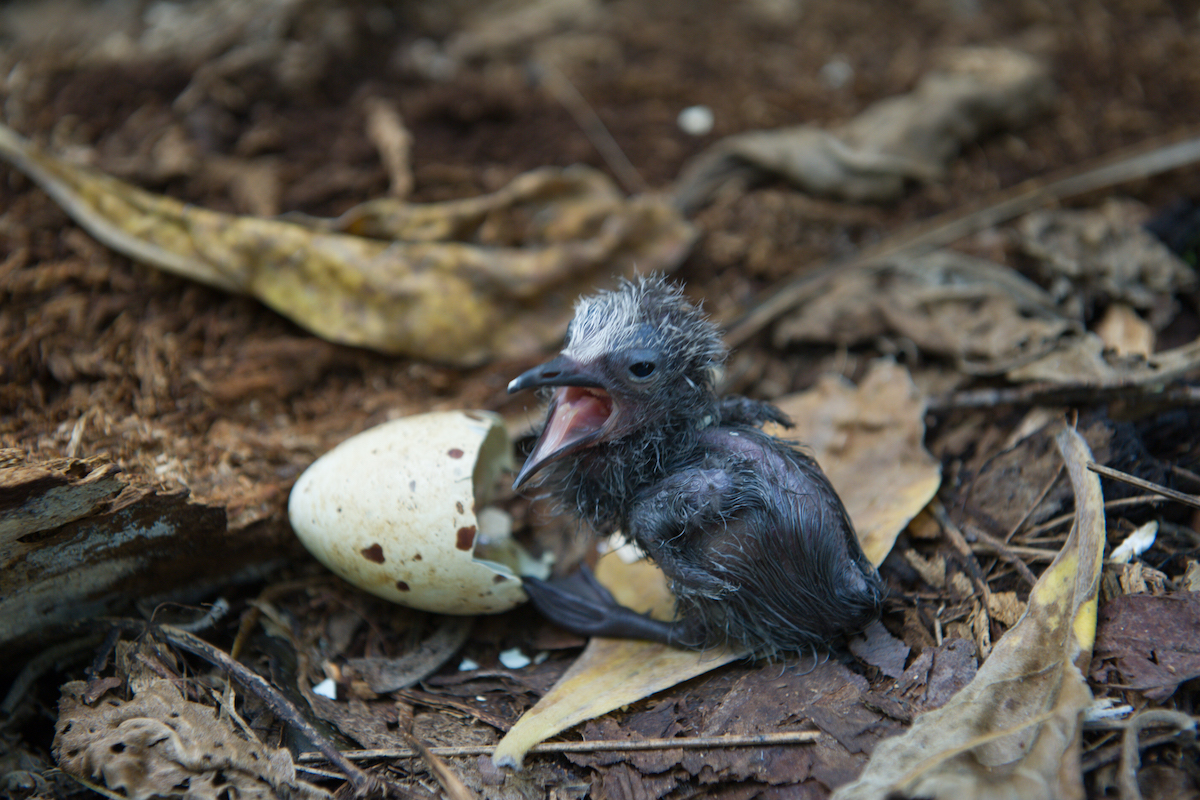
Without invasive rats, hatchlings like this little one can survive and prosper.

